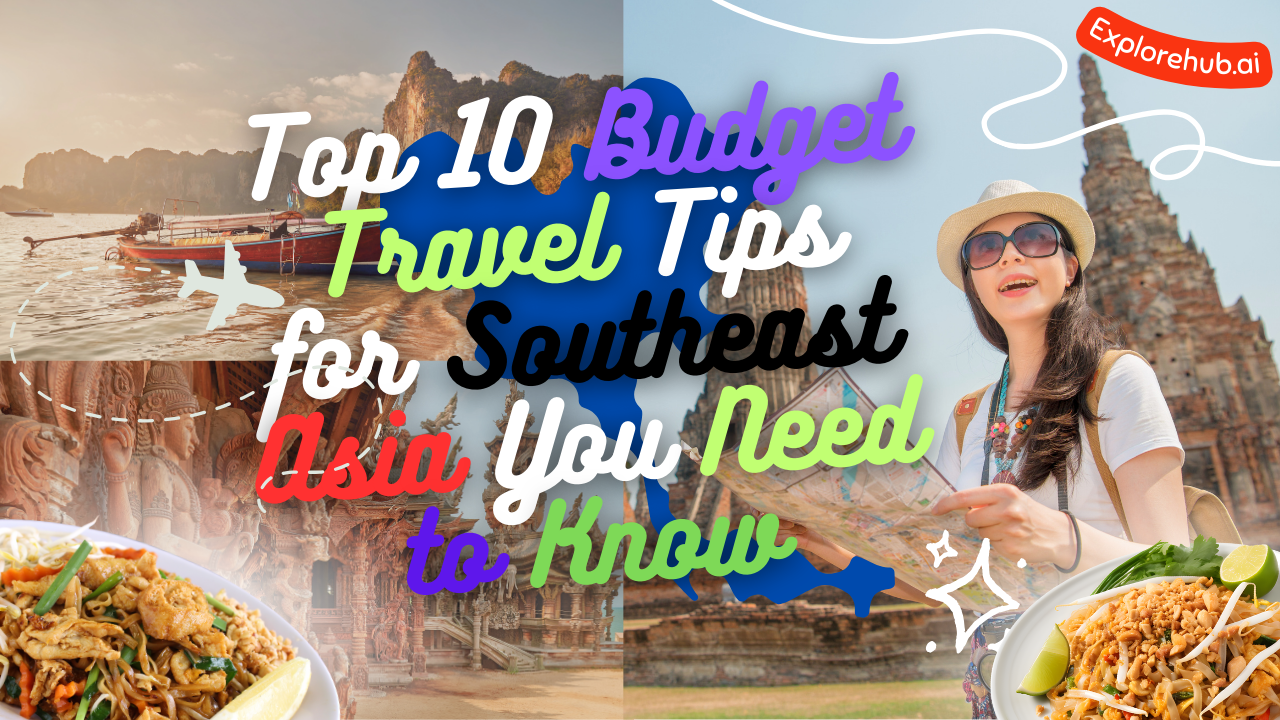Dreaming of palm-lined beaches, bustling markets, and ancient temples? Southeast Asia is a paradise for budget travelers. From Thailand’s vibrant cities to Cambodia’s hidden gems, this region offers endless adventures without breaking the bank. However, traveling on a budget requires planning, so let’s dive into the best tips to make your Southeast Asian adventure both affordable and unforgettable.
Table of Contents
Research Before You Go
Understand Currency and Exchange Rates
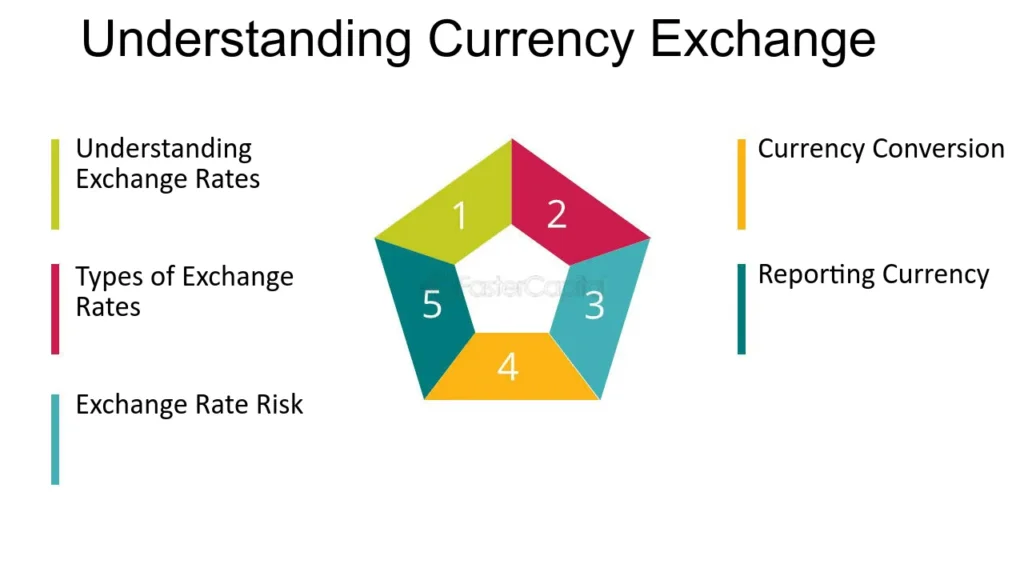
Before you leave, familiarize yourself with the local currencies and exchange rates. Using apps like XE Currency can help you keep track of conversions. To get the best rates, avoid airport currency exchanges and opt for local banks or trusted exchange offices.
Learn About Local Culture

A little cultural knowledge goes a long way. Knowing basic customs, like taking off your shoes before entering temples, can help you avoid unintentional offenses. Researching local festivals can also help you plan for free cultural experiences.
Travel During the Off-Season

Advantages of Off-Season Travel
Flights and accommodations are significantly cheaper during the off-season. Plus, you’ll enjoy quieter tourist spots, allowing for a more authentic experience.
Challenges to Prepare For
Off-season often means rain. Pack a lightweight rain jacket and waterproof your essentials to stay comfortable during unexpected downpours.
Book Accommodations Wisely

Affordable Lodging Options
Southeast Asia is packed with budget-friendly options like hostels, guesthouses, and homestays. Apps like Agoda and Hostelworld can help you snag great deals.
Negotiate for Better Rates
In many places, especially in smaller towns, you can negotiate accommodation rates. Always ask if there’s a discount for longer stays.
Use Public Transport
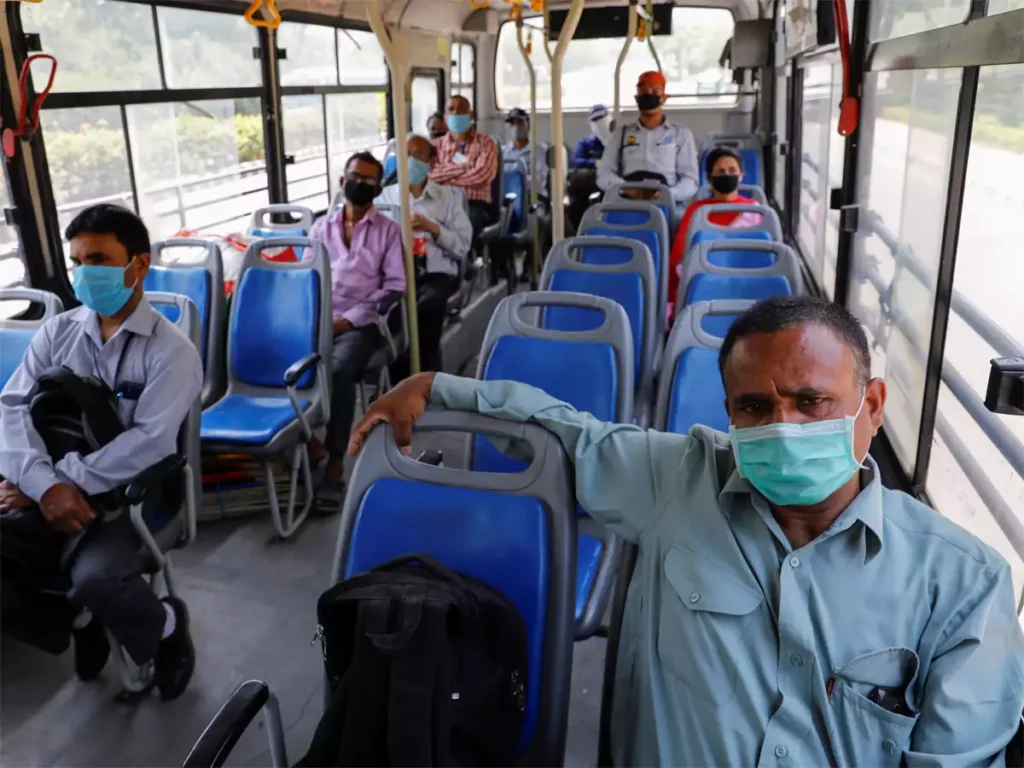
Types of Public Transportation
Public buses and trains are not only cost-effective but also an excellent way to experience local life. Tuk-tuks are another popular option, but be sure to agree on a price beforehand to avoid overpaying.
Ride-Sharing Apps
Grab and Gojek are ride-sharing apps commonly used across Southeast Asia. They’re affordable and safer than hailing a random taxi.
Eat Like a Local
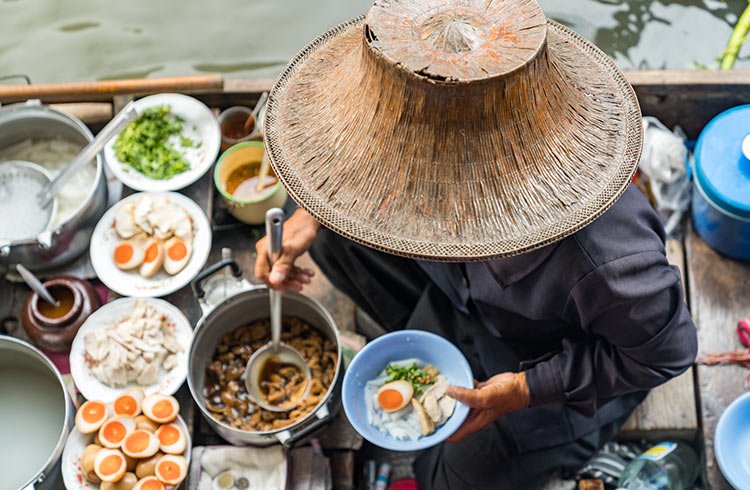
Street Food Delights
Street food is a hallmark of Southeast Asian culture. From Thailand’s pad thai to Vietnam’s banh mi, you can enjoy delicious meals for just a few dollars. To stay safe, eat at busy stalls where locals gather.
Local Markets Over Restaurants
Skip touristy restaurants and head to local markets for authentic flavors at a fraction of the cost. You’ll save money and enjoy a more immersive experience.
Pack Smartly
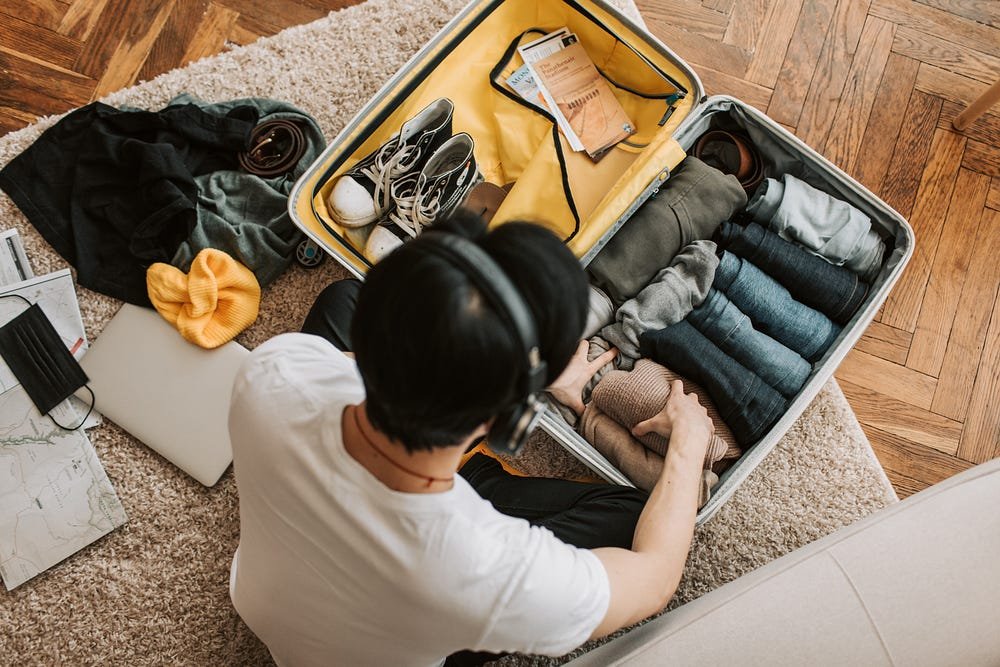
Essentials for Budget Travelers
Bring a reusable water bottle, a universal adapter, and a portable charger. Along the way, these things can help you save money and hassle.
Travel Light
Packing light doesn’t just save on luggage fees; it also makes navigating buses and trains easier. Stick to versatile clothing suitable for Southeast Asia’s climate.
Take Advantage of Free Activities

Explore Nature
From Bali’s waterfalls to the Philippines’ pristine beaches, nature’s beauty in Southeast Asia often comes with no price tag.
Cultural Experiences
Many temples and festivals are free to explore. Just be sure to respect local customs while visiting.
Be Smart About Money

Avoid Unnecessary Fees
Select a credit card that doesn’t charge international transaction fees when you travel. Make larger withdrawals all at once to reduce ATM fees.
Keep Your Money Safe
Split your cash and keep it in multiple places, such as a money belt or hidden pouch. It’s always better to be cautious.
Stay Connected Cheaply

Local SIM Cards
Buying a local SIM card is often cheaper than relying on international roaming. You’ll also enjoy faster connectivity for navigating and planning.
Free Wi-Fi Spots
Free Wi-Fi is frequently available at coffee shops, hostels, and even public spaces. Simply use caution when using public networks to access sensitive data.
Travel Insurance is a Must
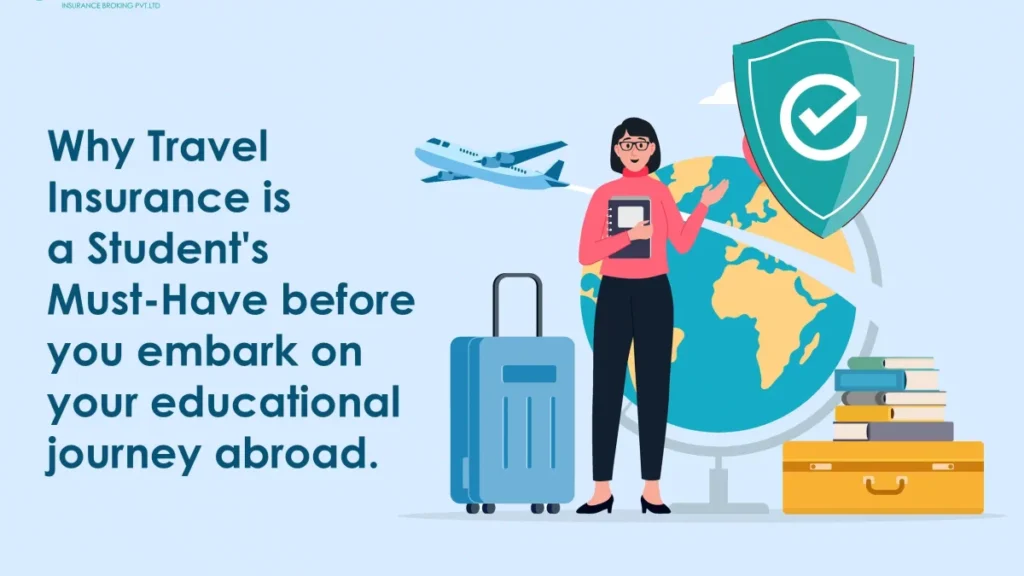
Why It’s Non-Negotiable
Unexpected medical costs or trip cancellations can derail your budget. Travel insurance gives you peace of mind while exploring.
Budget-Friendly Insurance Options
Providers like World Nomads and SafetyWing offer affordable plans tailored for budget travelers.
Be Flexible

Last-Minute Deals
Being flexible with your itinerary allows you to take advantage of last-minute discounts on tours and transportation.
Adjust Your Itinerary
If you find a destination that’s more affordable or interesting, don’t hesitate to adjust your plans. Spontaneity often leads to the best adventures.
Also visit:
Plan Your Adventure: Top Hiking Trails in Colorado for Weekend Getaways
The Most Scenic Top Hiking Trails in Colorado for Stunning Views
Explore Beyond Rome and Venice: Hidden Gems in Italy
Hidden Gems in Italy: Your Guide to Offbeat Adventure
Hidden Germs in Italy: Unique and Undiscovered Places
The Best Beaches in Florida for Nature Lovers
Conclusion
Southeast Asia is a treasure trove for budget travelers. With a little planning and smart choices, you can explore this vibrant region without spending a fortune. So pack your bags, follow these tips, and get ready for the adventure of a lifetime!

